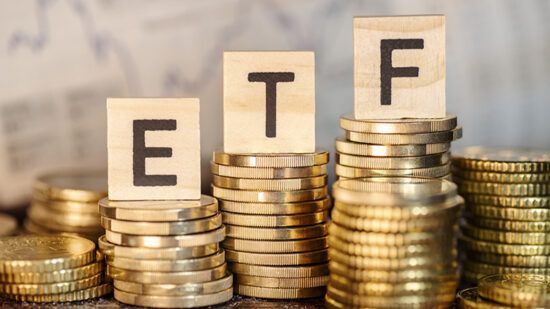In contrast, fears that the Federal Reserve would ‘taper’ its quantitative easing programme earlier than anticipated saw investors reduce their emerging markets exposure, and temper their appetite for US equities (see bar chart). The shift was also apparent in data gathered by Expert Investor Europe during 2013 – for example, in our Manager Sentiment Survey, a database of fund manager forecasts compiled in association with Skandia.




Expectations for the 12-month performance of Europe ex UK equities rose from neutral in the first half of the year, to the most bullish reading recorded since September 2007 (see line chart), while the equivalent EM and US stock indices fell.
Western equities
For fund selectors, the trends in European and US equities seem unlikely to reverse soon.
EIE data gathered in the fourth quarter of 2013 – via face-to-face interviews, event polling and online surveys – shows that greater proportions of professional investors expected to increase their exposure to European stocks than any other major asset class.
Appetite was strongest in southern Europe, with four-fifths of Lisbon- and Bilbao-based fund selectors planning higher weightings over the following year (see chart).
Least-enthused by the asset class were the Danes and the Norwegians – groups which also stood out in their desire for US equities.
Appetite for US stocks was particularly strong in Copenhagen, where almost two-fifths of fund selectors planned higher weightings – up from just 10% at the equivalent point in 2012.
Discussions with Oslo-based investors, meanwhile, suggested they had a high degree of confidence that US companies would sustain their profitability.
Regarding US equities, southern Europeans were again a mirror of their Nordic peers. On a net basis, about a quarter of fund selectors in both Bilbao and Milan said they would reduce their exposure to US stocks (see chart). Only Portuguese investors bucked the trend.
Emerging market stocks
There was a greater degree of consensus on emerging market equities, with fund selectors in most countries expecting to increase their allocations – but in smaller numbers than were seen in the first half of 2013.
Indeed, taking an average of all EIE data gathered in the first six months of the year, 44% of investors said they would boost their developing world weightings and just 8% planned cuts. In the second half, the buy/sell split was 36% to 14%.
In Q4, French fund selectors were least enthused by EM stocks, with fewer than one-in-eight expecting to increase their exposure, and almost a third planning lower weightings.
Appetite was strongest in Helsinki and Munich, meanwhile (see chart). Polling at the Expert Investor Finland conference revealed investors favoured large caps and growth when it came to emerging market equities, and had a strong preference for actively-managed strategies.
High levels of demand for equities – and European stocks in particular – reflected rising confidence in the global growth picture.
Taking our half-year averages, 56% of the fund selectors we consulted between July and December were positive on the macroeconomic outlook – up from just 35% in the first six months of 2013.
Spanish investors were especially upbeat in Q4, with only the French maintaining a resolutely neutral stance (see chart).
Fixed income
The upturn in growth expectations – and consequent fears over tighter monetary policy – could also be seen in declining appetite for emerging market bonds.
Hardest hit was the previously-popular EM corporate debt sector, where the share of investors planning higher weightings declined by 50% in the second half.
The proportion of fund selectors expecting to increase their exposure to EM sovereigns also fell sharply – from 26% to 16%.
In contrast, appetite for developed world government and corporate debt was largely unaffected, with demand for investment grade showing a small improvement.
However, EIE data suggests that only high yield fund managers can expect to see net inflows from European investors in the months ahead. Of our fourth-quarter survey groups, Finns were most likely to increase their exposure to lower-rated Western corporate bonds (see chart).
Absolute return
The improvement in macroeconomic sentiment appears unlikely to derail the growth of the absolute return sector, meanwhile.
Appetite for such strategies was on average lower in the second half of 2013 than the first, but pockets of strong demand remained.
More than four-fifths of the Milanese fund selectors we polled in Q4 expected to increase their absolute return exposure – the most positive such response yet recorded by EIE (see chart).







